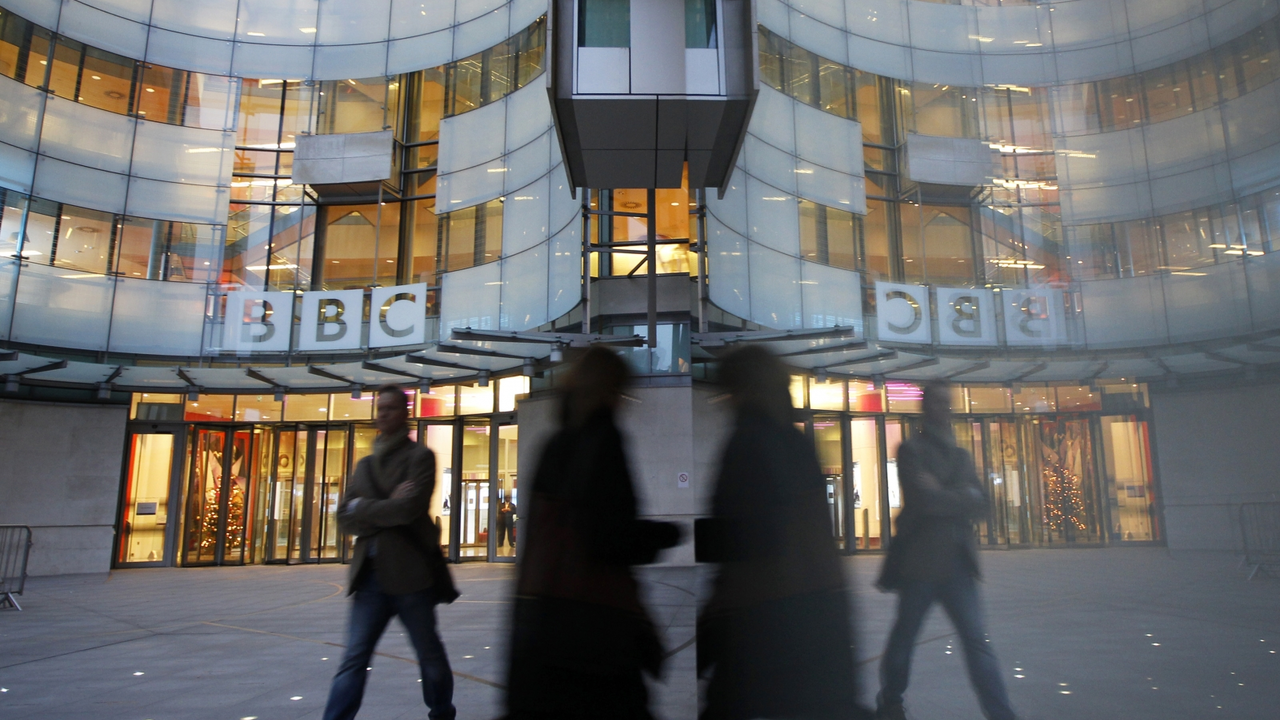Media Bias: How to Spot It and Stay Informed
Ever wonder why two outlets can cover the same story so differently? That’s media bias at work. It’s not always a secret agenda – sometimes it’s just the way stories are framed. Knowing the clues can save you from being misled and help you get a clearer picture of what’s really happening.
Common Types of Media Bias
First up, selection bias. Editors choose which stories get published and which get dropped. If a newspaper only highlights crime in one neighborhood, you’ll think that area is unsafe, even if the overall crime rate is low. Next is language bias. Words like "terrorist" versus "freedom fighter" carry huge weight. The choice of adjectives can sway your emotions without you noticing.
Another big one is source bias. Relying on a single expert or group can tilt coverage toward that perspective. Confirmation bias shows up when outlets repeat what their audience already believes, reinforcing existing opinions instead of challenging them. Finally, visual bias matters – the images a story uses can shape how you feel about the topic before you even read a line.
Tips to Spot and Counter Bias
One easy trick: check multiple sources. If three reputable sites report the same facts, you’re likely getting a balanced view. Look for the who, what, when, where, why, and how – if any piece is missing, that’s a red flag. Pay attention to loaded words. Replace "illegal" with "unlawful" and see how the tone changes.
Don’t forget the author’s background. A reporter with a strong political affiliation may unintentionally lean toward that side. Use fact‑checking sites to verify numbers and quotes. And ask yourself: is the story presenting all sides, or does it focus on one angle?
When you spot bias, think about how it affects you. Does it make you angry, scared, or hopeful? Emotions often signal that a story is trying to persuade, not just inform. By recognizing that, you can step back and evaluate the information more calmly.
Finally, practice critical thinking like a habit. Take a few minutes each day to read a headline, then glance at the full article and ask, "What’s missing? Who benefits from this version?" Over time, you’ll get faster at spotting slants and more confident in forming your own opinions.
Media bias isn’t a new problem, but with a few simple habits you can cut through the noise. Stay curious, keep checking sources, and remember that the truth often lies between the extremes. Your brain will thank you for the extra effort, and you’ll be better equipped to navigate today’s fast‑moving news cycle.
